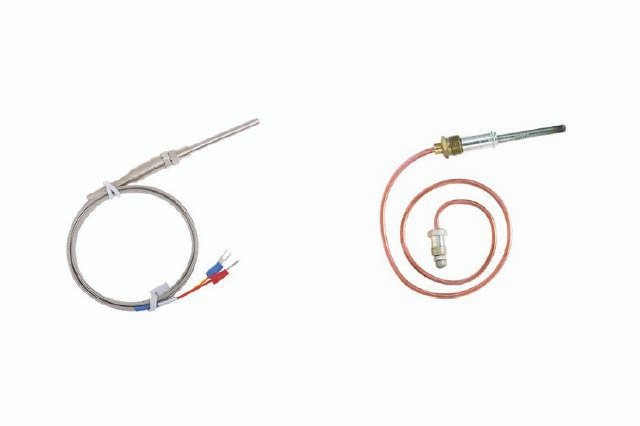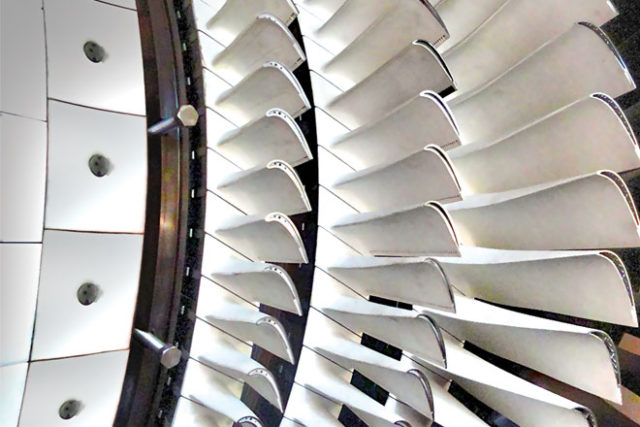

A thermocouple is a sensor for measuring temperature. This sensor consists of two dissimilar metal wires, joined at one end, and connected to a thermocouple thermometer or other thermocouple-capable device at the other end. When properly configured, thermocouples can provide temperature measurements over wide range of temperatures.
Thermocouples are known for their versatility as temperature sensors therefore commonly used on a wide range of applications – from an industrial usage thermocouple to a regular thermocouple found on utilities and regular appliances. Due to their wide range of models and technical specifications, it is extremely important to understand its basic structure, how it works, its ranges as to better determine what is the right type and material of thermocouple for your application.

When two wires composed of dissimilar metals are joined at both ends and one of the ends is heated, there is a continuous current which flows in the thermoelectric circuit. If this circuit is broken at the center, the net open circuit voltage (the Seebeck voltage) is a function of the junction temperature and the composition of the two metals. Which means that when the junction of the two metals is heated or cooled a voltage is produced that can be correlated back to the temperature.
Thermocouples are available in different combinations of metals or calibrations. The most common are the “Base Metal” thermocouples known as Types J, K, T, E and N. There are also high temperature calibrations – als known as Noble Metal thermocouples – Types R, S, C and GB.
The sensing elements in Resistance Temperature Detectors (RTD’s) can be categorized in terms of the type of metal out of which they’re made and their resistance at a benchmark temperature. A sensor’s name provides information on both of these characteristics.
The RTD PT100, which is the most commonly used RTD sensor, is made of platinum (PT), and its resistance value at 0°C is 100 O.

The Pt100 is widely used in many industrial and commercial applications. The Pt100 is better suited to 3 and 4 wire circuit configurations than the 2 wire configuration. This is due to an important Pt100 sensor working principle: because resistance across the sensing element is considerably lower than in the Pt1000, unwanted resistance from lead wires and connectors will have a larger distorting effect on overall resistance measurements, since it will comprise a greater percentage of the total resistance measured in the circuit. The lead wire resistance is measured and compensated for by an instrument that accepts the 3 or 4 wire configurations.
Pt100s are available with both thin-film and wire-wound element constructions. Pt100s are compatible with a broader range of products and instrumentation because their use is so widespread.
A proximity switch is used to determine how close an object is, or the proximity of an object. The proximity of an object is determined by using certain means such as magnetic, electric, or optical. So these switches can be used to check the presence of an object. These switches are widely useful for many security processes. These switches can be used to check the motor rotation speed. Proximity switches can detect the approach of a metallic device part with the help of a magnetic or electromagnetic field. Normal proximity switches use a permanent magnet so it can create a sealed switch mechanism if an object’s mechanical part come close to it. There are certain types of proximity sensors that can act as a metallic detector and this type can be considered as the complex proximity switches. The complex proximity switches operate by energizing a coil of wire by using electric current, the magnitude of the current is monitored electronically. The monitoring section would trip if a metallic part gets close to the coil.
Inductive proximity switch, Ultrasonic proximity switch, Optical proximity switch, Capacitive proximity switch, M8, M12, M14, M18, M30 M36
